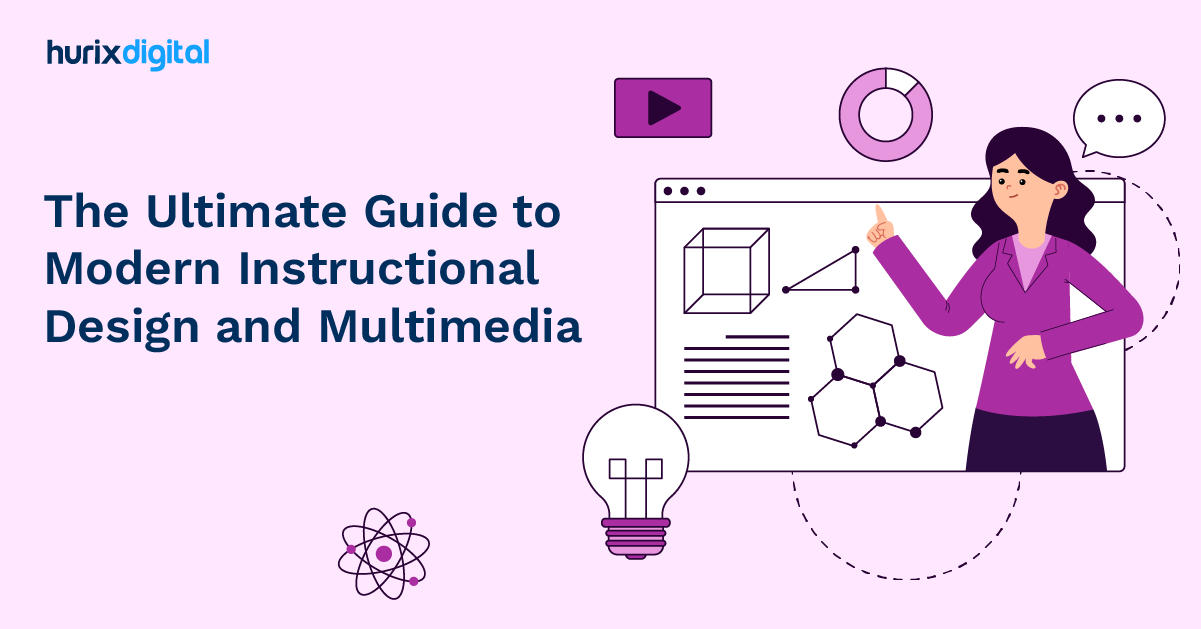
How Can Microlearning Nuggets Influence Sales Performance?
Summarize with:
A good sales team is the backbone of a successful business. Sales representatives form the crucial bridge between the brand and its target audience. They are also seen as brand representatives, and therefore, must have detailed knowledge regarding the organization, its products, etc.
In addition to this, they also need to be well versed with the product they are selling, so they can forge trust with their audience, helping them increase sales.
With a strong sales force, a brand can reach a much larger audience and even increase its revenue manifold. And to add strength to the sales team, each member has to be equipped and supported with the best of tools.
However, this is easier said than done because, for these tools to be useful, the staff will have to be trained regularly, which can be a costly endeavor. In such a scenario, microlearning can be your answer.
What is Microlearning?
It is the technique of breaking up of information into small knowledge nuggets which can be processed quicker. The bite-sized information is usually packed in 3-5 minutes sessions for a much larger impact.
Bite-sized learning improves retention of the knowledge as compared to lengthy training sessions. With m-learning or mobile learning gaining popularity, this technique can bring the information to a large audience; especially to the millennials who prefer using tablets and smartphones for learning.
How to Improve Sales Staff Performance with Microlearning?
Dividing the information into small pieces helps deliver great results in a short period of time. When implemented correctly, it can be used to improve the performance of the sales team. Here is how microlearning can be adapted in an organization to improve the performance of your sales team.
- Improve the learning experience
Learning is not always considered a positive outlook. Using small information nuggets, the training can be made concise, saving the time of the employees as well as the organization. It also provides flexibility to the training team as they can train sales representatives from different areas simultaneously.
- Help gain a better understanding of the products
A sales representative can sell more products if they know their products better. Bite-sized learning can help sales teams learn about product features from their smartphones, even while on the move.
- Create meaningful goals to keep the staff motivated
Using this technique, the organization can create continuous long-term training programs with suitable goals for the sales team to achieve. As is the case with gaming, these levels and goals keep the sales representatives motivated to perform better during the training as well.
- Curate simplified and retainable content
As the content is in the form of small digestible pieces, more information can be conveyed in a shorter period. This reduces the costs incurred due to a training program, and more resources can be channelled towards increasing the frequency of such training sessions.
- Build mentors and specialist forums
With the completion of each training module, the top performers can be assigned the role of mentors who can guide and help new team members. This helps make onboarding easier for new employees and imparts a sense of achievement to existing team members, inspiring them to improve constantly.
- Build and evaluate performance metrics
Defining performance metrics helps managers to evaluate the sales reps against their respective goals and targets. Based on these metrics, the management team can make informed decisions for improving sales.
How to Use Microlearning in Sales Training?
- Create relevant small nuggets of information
Packing a lot of relevant information into small sessions is a daunting task. Pick out the necessary information your sales team needs to win the customers’ trust and finalize the deal. For this technique to be successful, the information needs to be in simplified language for everyone to understand easily.
- Audio and video content for prolonged retention
The human brain interprets and remembers audio-visual information better than traditional texts. This is one of the reasons why we prefer watching short video tutorials instead of reading a long brochure or chapter on the same topic.
- Gamification to improve engagement
People are motivated to perform better if they are competing against someone. This can be incorporated into the training by setting up competitions and contests. It also provides a system for the team members to keep an eye on their performance.
- Reward system and accreditation
Rewards can be a strong motivator for employees to work harder and better. Therefore, the reward system can be a perfect addition to your training program as it encourages people to thrive. With each level the team members achieve in the microlearning module, they are rewarded in the form of awards and certifications.
- Constant feedback and reports
Incorporating a feedback mechanism will help the trainees receive instant feedback from their managers. They can view the reports and gain insights on the sales team’s performance. This insight can help build better training modules in future or redesign the existing one.
Knowledge is all around us. However, busy schedules make it difficult to make room for learning sessions. The employees are not keen on balancing the training with their routine work responsibilities.
Thus, with sessions in the form of small information nuggets, which can be accessed anywhere anytime, learning becomes flexible and helps the sales team to stay updated with the latest industry trends and product features.
 A Space for Thoughtful
A Space for Thoughtful 



